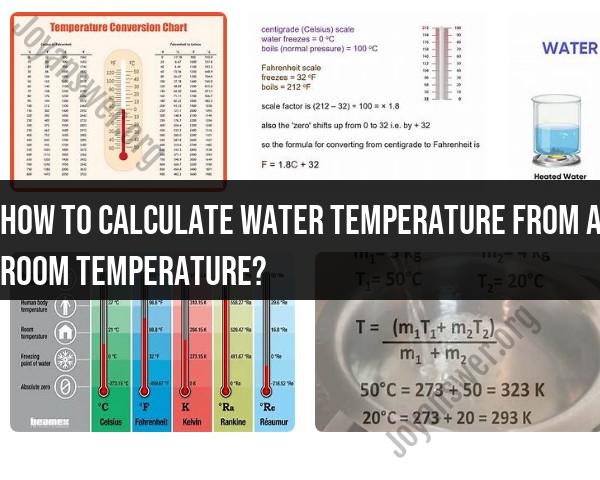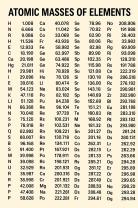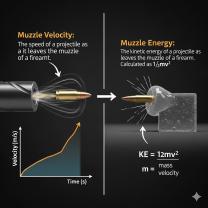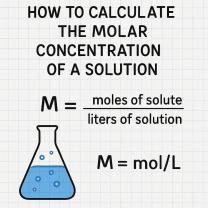How to calculate water temperature from a room temperature?
Calculating the temperature of water based on its initial room temperature involves understanding heat transfer and the principles of thermodynamics. Here's a basic method to estimate the final temperature of water after heating or cooling:
Newton's Law of Cooling/Heating:
Identify Initial Temperatures: Determine the initial temperatures of both the water and the room. Let's call the initial temperature of the water "T₁" (in Celsius or Fahrenheit) and the initial room temperature "T₂."
Determine the Change in Temperature: Calculate the temperature difference between the initial water temperature and the room temperature. This difference is ΔT = T₁ - T₂.
Factor in Time and Environment: Consider the time the water and the room are in contact and the environmental conditions affecting heat transfer (e.g., room insulation, ambient temperature changes).
Use Newton's Law Equation: Newton's law of cooling/heating can provide an estimate of the final temperature when an object (in this case, water) is exposed to a different temperature environment. The equation is:
- = Final temperature of the water
- = A constant representing the rate of cooling/heating
- = Time
Note: The value of "k" can be determined experimentally or through empirical data for specific materials and conditions.
Example Calculation:
Let's say you have water at 25°C (77°F) in a room at 20°C (68°F) and you want to estimate the water temperature after 10 minutes. Assume a cooling rate constant "k" for simplicity.
- Initial water temperature (T₁) = 25°C
- Initial room temperature (T₂) = 20°C
- ΔT = T₁ - T₂ = 25°C - 20°C = 5°C
- Time (t) = 10 minutes
Using the Newton's law equation, plug in the values to estimate the final temperature:
Please note that this method provides an estimate based on simplified assumptions. For more accurate calculations or for specific scenarios, factors such as the thermal conductivity of the container, rate of heat transfer, and specific heat capacities may need to be considered, and more complex equations or models might be necessary.
Estimating water temperature based on room temperature involves considering the factors that influence heat transfer between water and its surroundings. While precise temperature measurements require thermometers, there are several methods that can provide a rough estimate.
1. Direct Comparison:
Touch the water surface and the surrounding air. If the water feels significantly colder or warmer than the air, it indicates a substantial temperature difference.
Use a visual reference. If the water appears cloudy or misty, it suggests a temperature closer to the room temperature due to condensation. A clear and still appearance may indicate a larger temperature difference.
2. Temperature Gradient:
- Immerse a thermometer into the water gradually and note the temperature changes at different depths. The temperature gradient can provide clues about the overall water temperature distribution.
3. Container Material and Size:
Consider the material and size of the container holding the water. Conductive materials like metal or glass will facilitate heat transfer with the surroundings, while insulating materials like plastic or foam will slow down the process.
A larger volume of water will take longer to reach equilibrium with the room temperature due to its higher heat capacity.
4. Environmental Factors:
Humidity: High humidity can increase the rate of heat transfer from the water to the air due to evaporative cooling.
Airflow: Moving air can accelerate heat exchange between the water and its surroundings.
Direct sunlight: Exposure to sunlight can raise the water temperature, especially if the container is transparent.
5. Time-Based Estimation:
- Monitor the temperature of the water over time. If the water temperature is slowly approaching the room temperature, it suggests a significant difference.
Limitations of Estimation:
These methods are only for rough estimates and may not be accurate for precise measurements.
They are influenced by various factors like container material, water volume, environmental conditions, and the sensitivity of the observer's senses.













